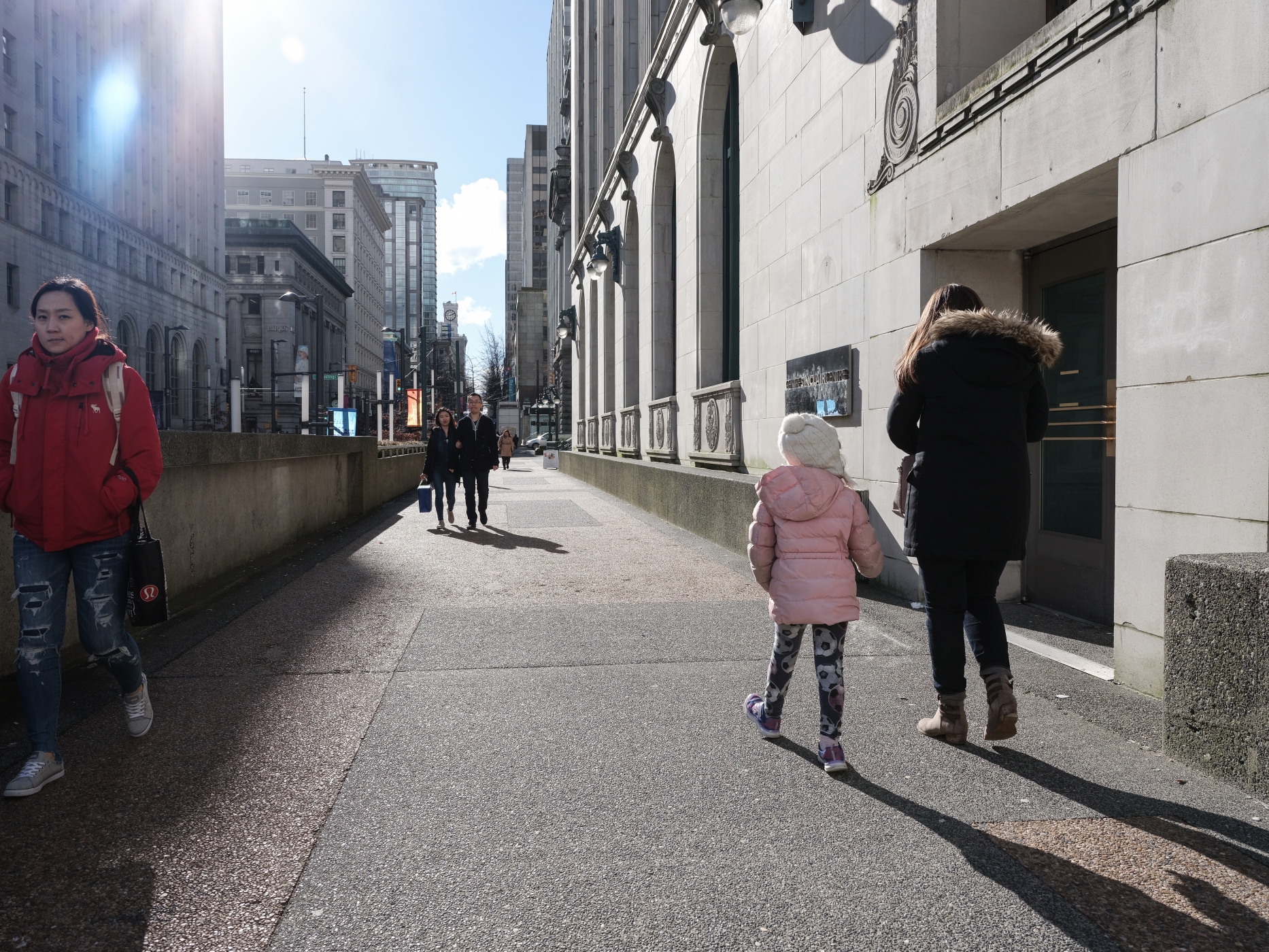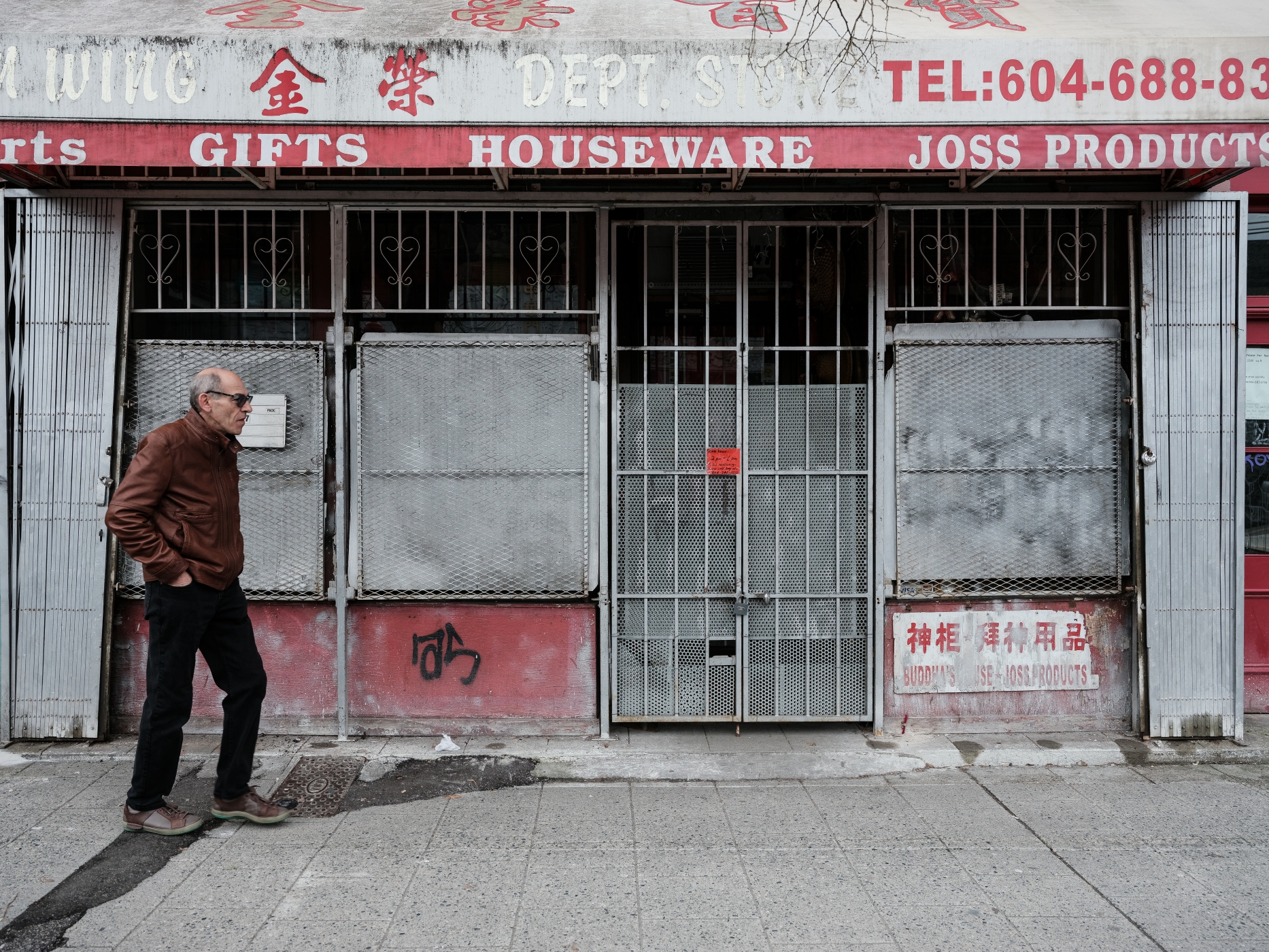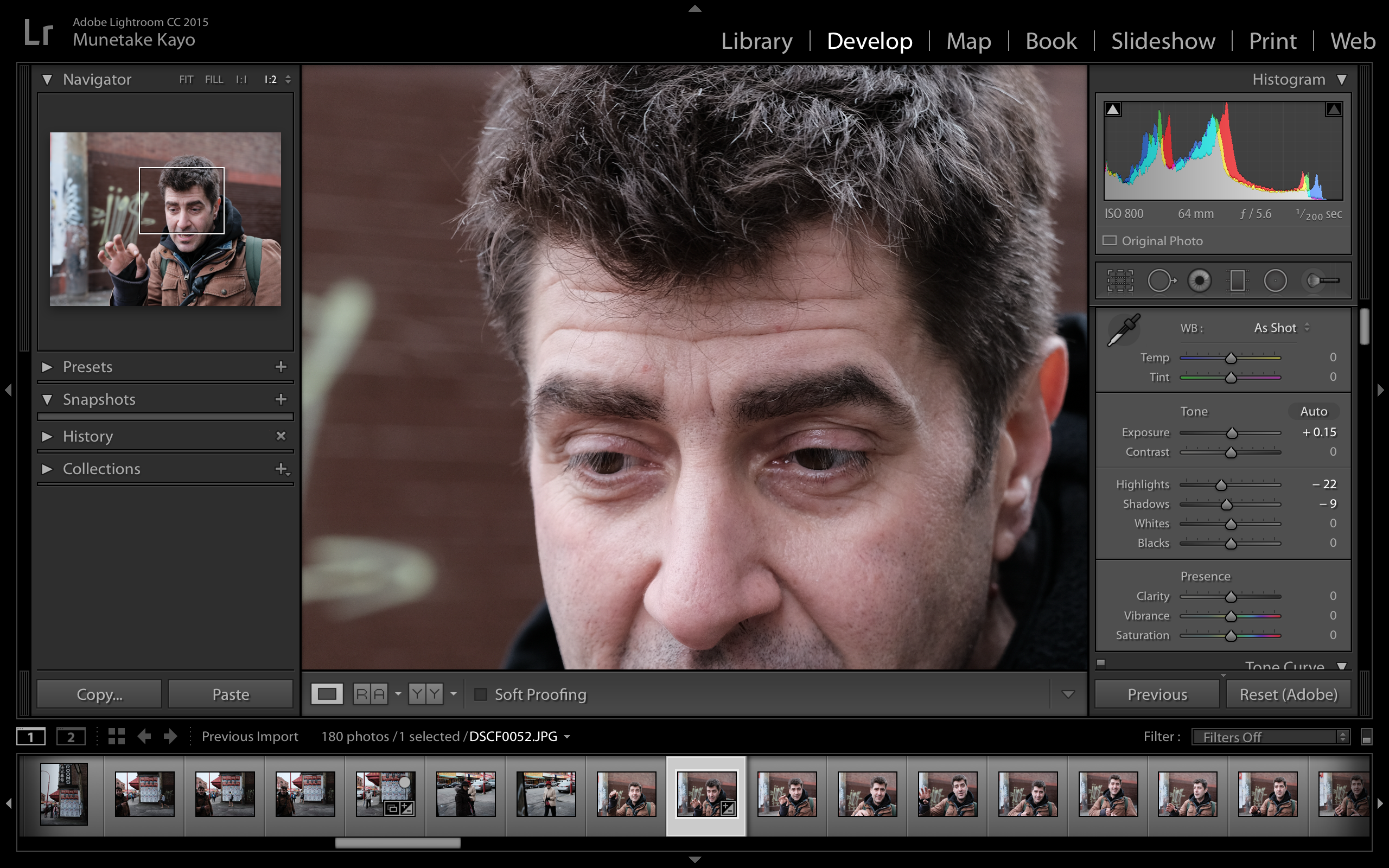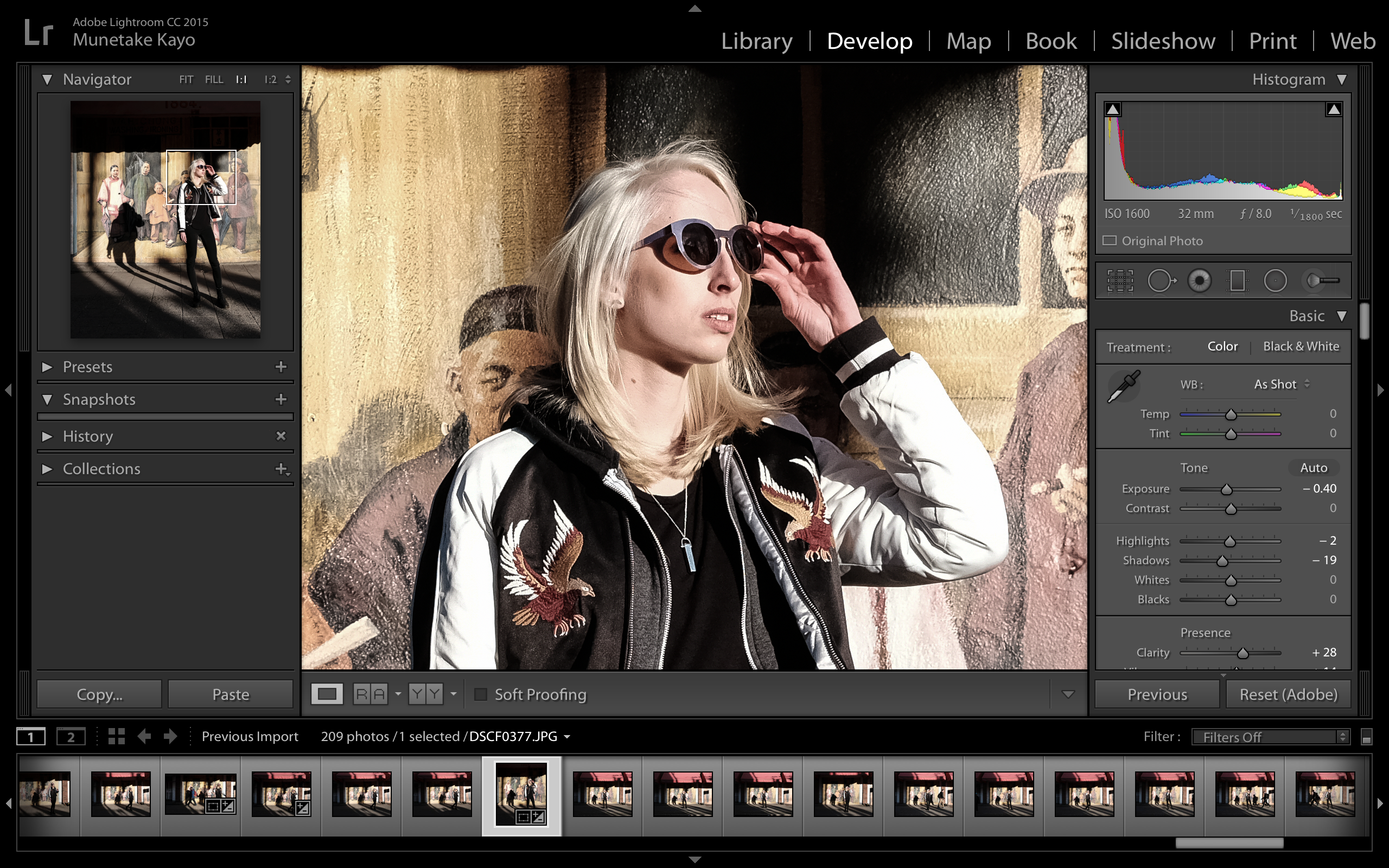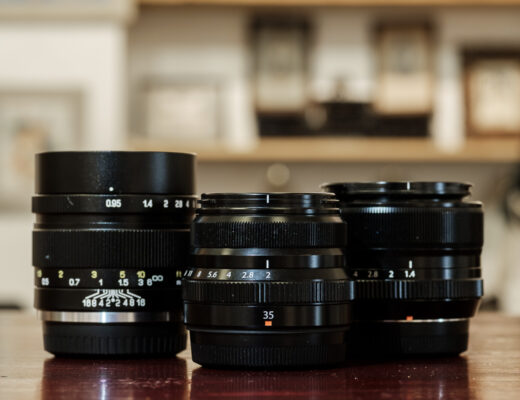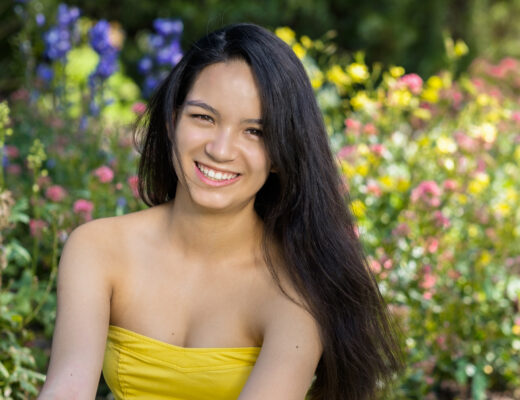The most common question I get asked about Fujifilm is this: When are they going to make a full-frame camera? Probably never. Fujifilm has made it clear that they carefully and purposely chose APS-C format as the ideal balance of size, weight, price and performance. It’s not that Fujifilm couldn’t make a 35mm ILC system, they just chose not to. It aways made sense to me, and I think many of you Fujifilm shooters understood this as well, especially if you came from a full-frame DSLR system. However, there was always a part of me that felt that Fujifilm (if they chose to) could easily create a high-end studio camera to compete with the top DSLRs or digital medium format systems.Look at Fujifilm’s prolific history of inventing ingenious cameras (TX/XPan, GA645, GX617, etc.). When their last medium format camera, the GF670 was discontinued in 2014, my dream was that one day Fujifilm would revive their medium format heritage with a digital model. That day has finally come and I’m happy to say that Fujifilm did not disappoint. So to all those who talk about ‘full-frame’ (to me the name itself is silly), how about digital medium format instead? Fujifilm decided to skip the 35mm format and are going straight after the high end DSLR and medium format market with their all new GFX 50S. Now that’s courage!
Let’s quickly go over the key features of the GFX 50S:
- 43.8mm x 32.9mm sensor (4:3 aspect ratio) Bayer array w/primary colour filter, X Processor Pro
- 50.1 million pixels (8256 x 6192) JPEG, uncompressed RAW (14bit), lossless compression RAW, 8-bit TIFF (in camera conversion only)
- Extended ISO range of 50-102,400
- mechanical focal plane shutter (4sec-1/4000th sec, 60min bulb) with electronic shutter (up to 1/16,000th sec)
- 0.85x magnification 3.69 milionl pixel EVF with built in eye sensor
- 3.2″ 4:3 aspect ratio 2,360K dot tilting touch LCD screen, 1.28″ sub monochrome LCD screen
- weather-sealed body, optional grip and WR lenses
Along with the new body, Fujifilm has released 3 new lenses, 3 additional lenses being released in the next few months, an H mount adapter and a view camera adapter:
- GF 63mm f/2.8 R WR (50mm equiv) available at launch
- GF 32mm-64mm f/4 R LM WR (25-51mm equiv) available at launch
- GF 120mm f/4 R LM OIS WR Macro 1:2 (95mm equiv) available at launch
- GF 23mm f/4 R LM WR (18mm equiv) available mid-2017
- GF 45mm f/2.8 R WR (36mm equiv) available mid-2017
- GF 110mm f/2 R LM WR (87mm equiv) available late-2017
- H Mount Adapter G (Fujinon and Hasselblad H mount lenses) works with leaf shutter
- View Camera Adapter G to attach a view camera (with tilt-shift) and large format lenses
These are just specs and numbers, I know. How does the camera shoot? Awesome. If you’ve shot with the latest Fujifilm X Series cameras, especially the X-T2, it’ll take you 5 minutes to figure out how to use the GFX 50S, including the menus. It even has the same articulating style LCD screen as the X-T2 with the portrait mode tilt. It’s no surprise as Billy Luong (the original Fuji Guy) said the DNA of the X-T2 was transferred into the GFX system, including the use of the same X Processor Pro. The film simulations are also there, although some of the film profile curves were adjusted to accommodate the extended dynamic range of the much larger 44mm x 33mm sensor (the X-T2 uses a 24mm x 16mm sensor). The slower AF (contrast detect only) and shutter lag is very apparent on the GFX, although this camera was never designed for speed. It’s also much bigger and heavier, although similar in weight to pro DSLRs.
There are features on the GFX not found on the flagship X Series X-T2/X-Pro2. The GFX has all the major I/O built in, including full 3.5mm microphone and headphone jacks for video, DC power in, screw-in cable lock for all your connector cables (great for studio photographers), a removable and optional EVF tilt adapter, and a DSLR-like sub monitor that gives all your primary settings with just one quick glance. The extra bonus is the touch screen navigation (available even in Q mode but not menu) with histogram and electronic level (swipe up) and full navigation in playback mode. Remember how Fujifilm purposely avoided putting touch screen on their ‘pro’ models (X-T2, X-Pro2, X100F), relegating it as a prosumer feature (X70, X-T20)? I think Fujifilm has a change of heart and I look forward to this addition on all the next generation X Series bodies. Even the thoughtful design feature of the battery, card slots and I/O connector access from the sides of the camera are perfect, allowing the photographer to keep the GFX mounted on a tripod full-time.
At the time of my testing the camera, RAW file access was not yet available. All image are JPEG only, but because of the larger sensor (thus increased dynamic range and tonality), I was very impressed with the files. I can only imagine what it will be like when I actually get to work with the RAW files. Because the uncompressed RAW files would be over 100MB per file, I decided to shoot lossless compression (approx 60MB files) with superfine JPEGs (approx 35MB files). Some may also be wondering why Fujifilm went with a Bayer sensor versus their unique X Trans technology. Billy Luong explained that the X Trans technology was developed to extract as much detail and resolution from the smaller APS-C sensor to compete head-to-head with the 35mm sensor. Because the new GFX sensor is larger than 35mm, there was no longer a need to use the same technology, although the Bayer sensor does have the AA filter removed for increased resolution. Using the Bayer colour filter array also makes it easier for third party software companies to develop RAW converters.
Although my time with the GFX 50S was short (3 days), I have a very good idea of how this camera will perform. As a general rule, larger the sensor, larger the pixels and lower the pixel density means better images. However, Fujifilm did not rely on just a larger sensor, but they’ve added their own film profiles to take advantage of the 14 stops of dynamic range, increasing the tonality and colour saturation of the images. Fujifilm consulted working photographers while building the GFX system to see what they were looking for in a digital medium format camera, and it shows. This camera is only generation 1, but it shoots and feels like a very mature system. Fujifilm also took advantage of their decades of experience in making medium format lenses to produce top notch optics for the high demands of studio and commercial photographers. These lenses are amazing! The GF32-64mm and GF23mm lenses are clearly aimed at the landscape and architectural photographer (as well as the fact that the entire system is WR), although I had fun using this camera as an overkill street camera. Moreover, this camera is for anyone who wants the best in digital image resolution, it doesn’t really matter what you shoot.
Fujifilm is clearly taking aim at the high end DSLR studio and commercial photography market, as well as the Pentax 645Z, Hasselblad H system, Leica S, and Mamiya 645DF. At $8000 for the GFX 50S and the standard GF 63mm f/2.8 R WR lens, this digital medium format camera is a lot more expensive than the X Series cameras, and many top end DSLR camera kits. However, you do gain the extra resolution and larger sensor, and you are buying into a system, not just a camera and lens. If you want to invest into a system that gives you one step above 35mm sensor cameras, the GFX 50S is currently the cheapest digital medium format camera available. Just as a playful price comparison, the Leica SL and kit lens is almost $12,000, and the new Leica M10 body is basically the same price as the GFX 50S at $6600. The Canon EOS 1D-X MRK II is $6000. Yes each of these cameras are aimed at different photographers for different types of photography; but my point is $6500 for a digital medium format camera is not an unreasonable price for a working professional, or someone who has the money to spend on a hobby that they love. I clearly can’t justify buying the GFX 50S to shoot street photography, but I wouldn’t hesitate to use it again if I had the opportunity to do so. Look for a more detailed review in the near future. Thanks for reading and happy shooting.

GF 32-64mm f/4 R WR @ 32mm. Shot at 65:24 aspect ratio (TX/XPAN aspect ratio). 1/170th sec f/9 @ ISO 100. Classic Chrome



